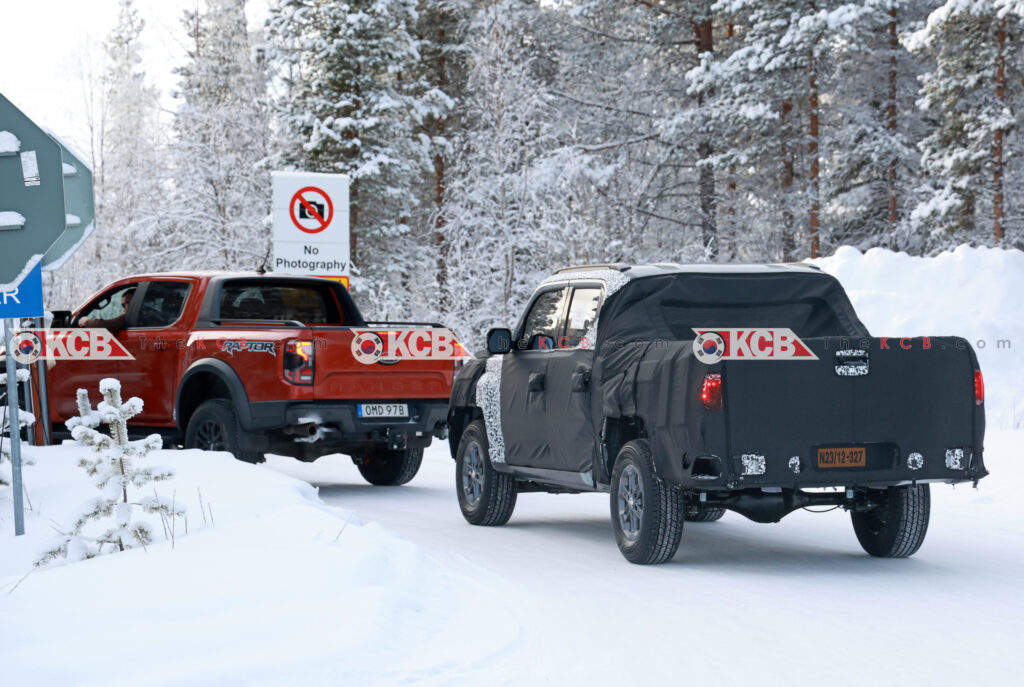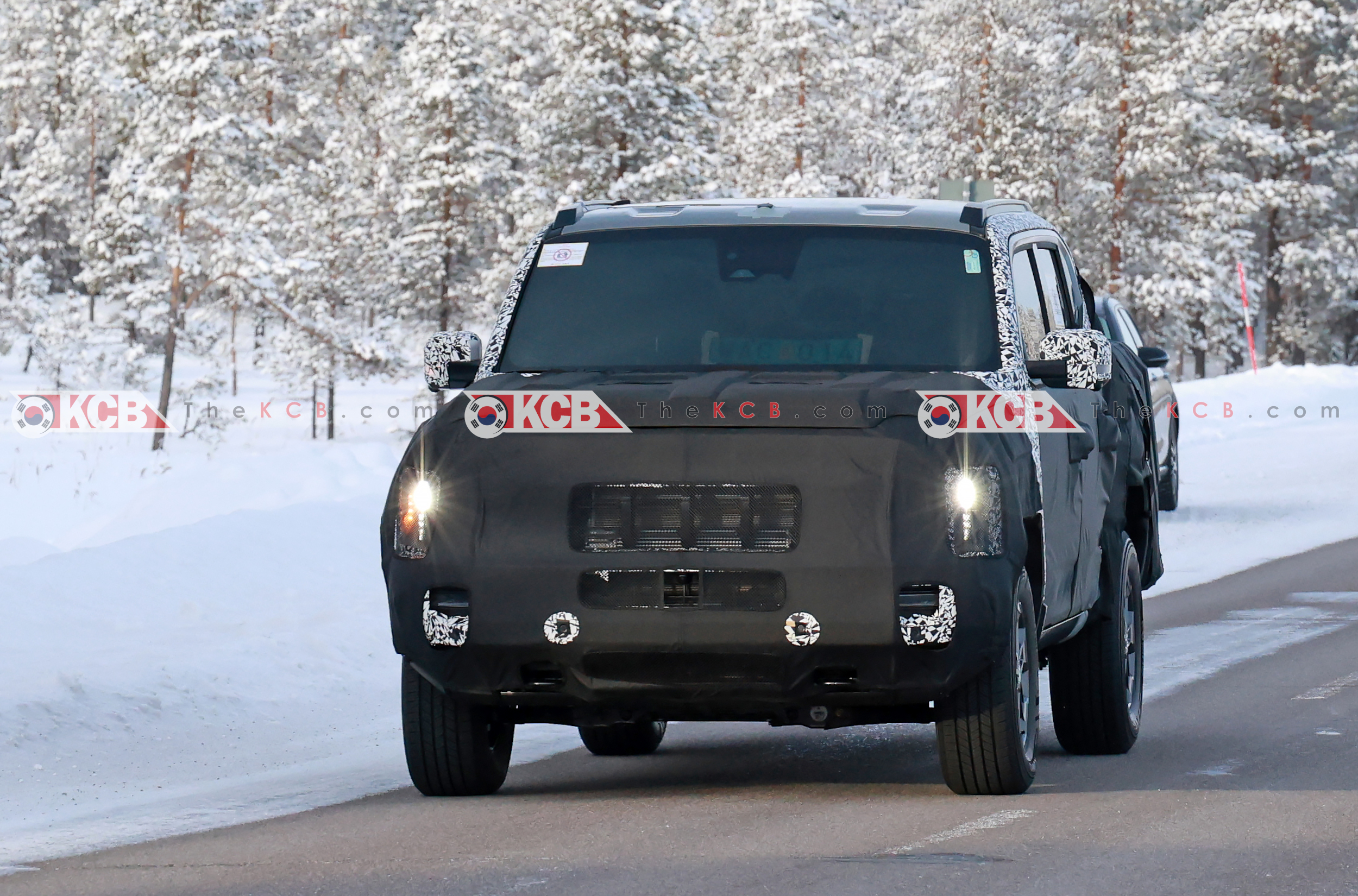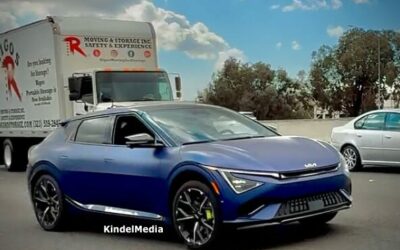Kia Motors is set to enter the competitive pickup truck market with its upcoming medium-sized model, the Tasman (project name TK1). But unlike other manufacturers, Kia is already working in an electric version of the pickup. Here you have the first details.
Tasman Sales Plan
Kia has already finalized its plans to produce the ICE version of the Tasman at its Autoland Hwaseong facility in South Korea. The company has set an aggressive annual production goal of 65,000 units, a notable target for its first-ever dedicated pickup truck model. It is still unknown the sales target for the electric model.
Kia’s strategy for the Tasman involves initial shipments to international markets starting early next year. The primary market for the Tasman is Australia, a country where pickup trucks are immensely popular, second only to the United States. Australia alone has an annual sales volume of 200,000 pickup units, dominated by major players like Toyota and Ford. The electric model won’t be showcased until the end of 2025.

TASMAN prototype testing in the Arctic Circle with Ford Ranger Raptor
Powertrain, Electrification and Future Expansion
The Tasman ICE is expected to offer a robust powertrain, combining a four-wheel-drive system with an automatic transmission. Engine options will include a 2.5-liter gasoline turbo and a 2.2-liter diesel engine. Additionally, the Tasman will be available in two configurations: a single cab with a one-row seat and a double cab with a two-row seat.
Aligning with Kia’s mid-to-long-term electrification strategy, an electric version of the Tasman is also under development. This version is expected to feature a high-capacity battery of over 100 kWh, providing more than 400 km of mileage. Kia is also exploring potential expansions into other major markets, including the United States and Europe, where it is currently testing Tasman models under camouflage to ensure quality.
Challenges in the U.S. Market
Entering the U.S. market poses specific challenges for Kia, primarily due to the 25% tariffs on pickup trucks produced outside the U.S. To circumvent this, local production in the U.S. would be necessary, which is currently under consideration by Kia in line with the Korea-U.S. Free Trade Agreement (FTA). This could be even worse for the electric model, that could also lose tax credits.






